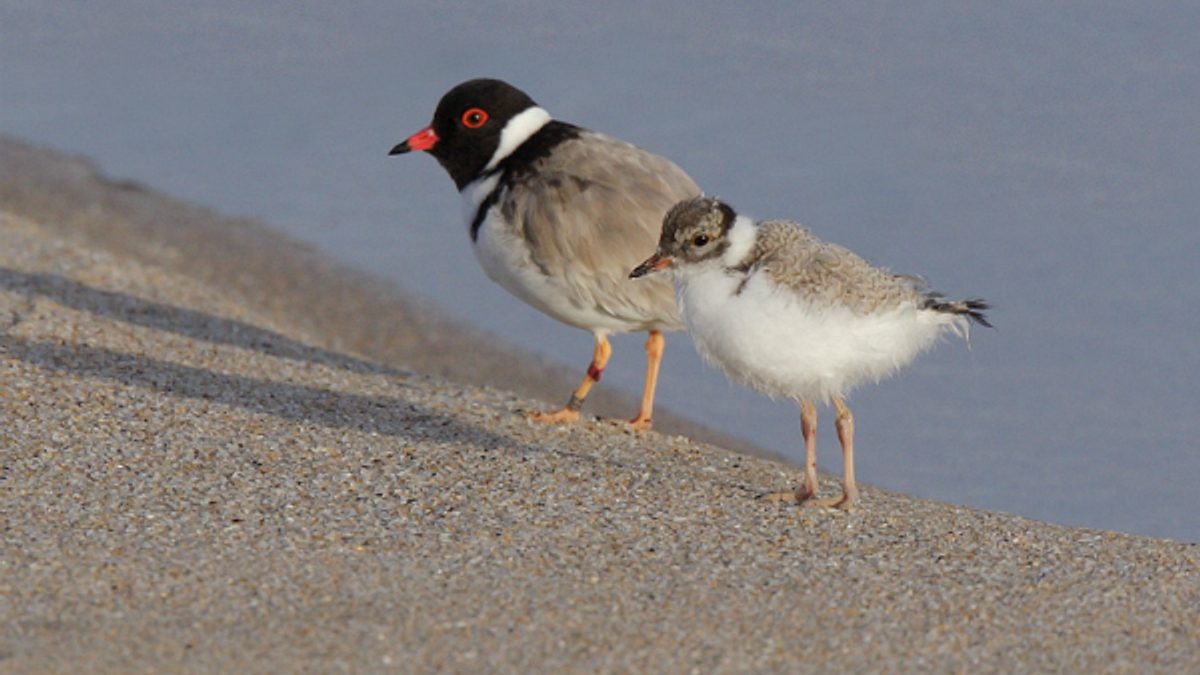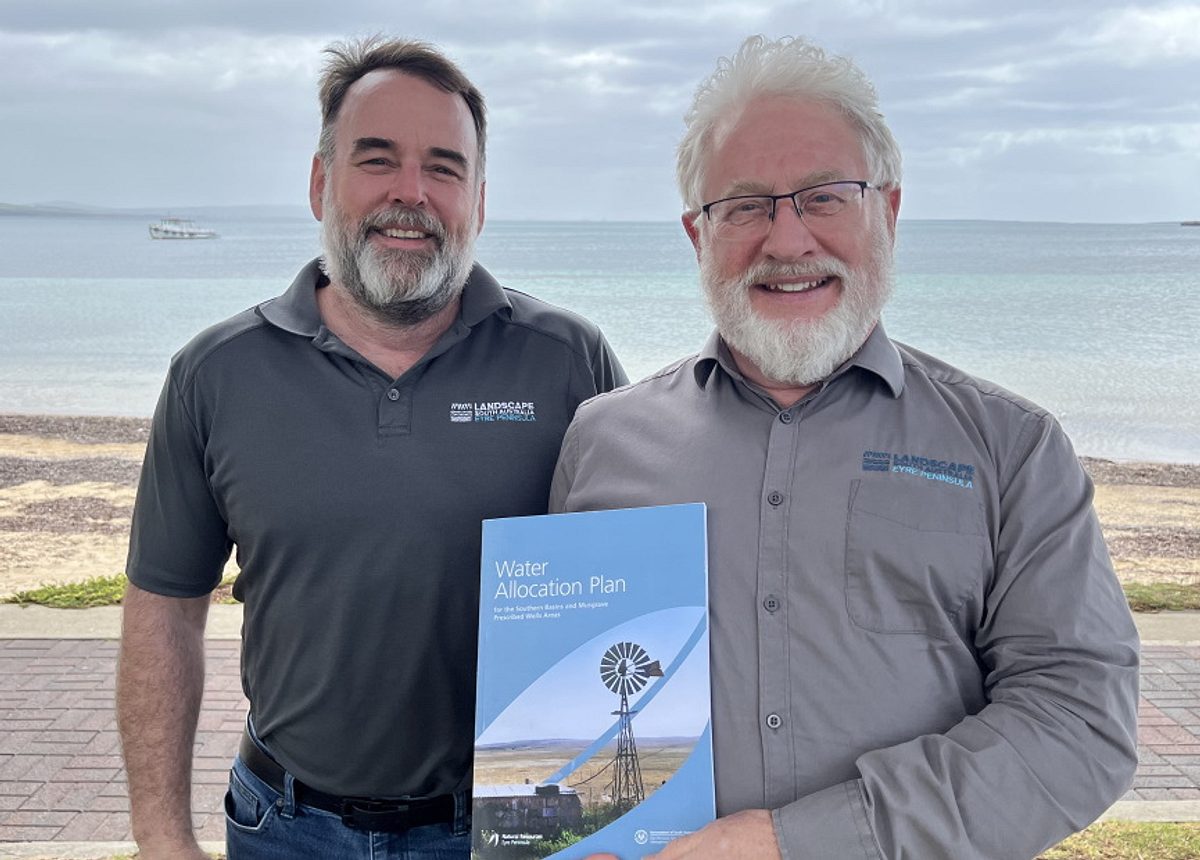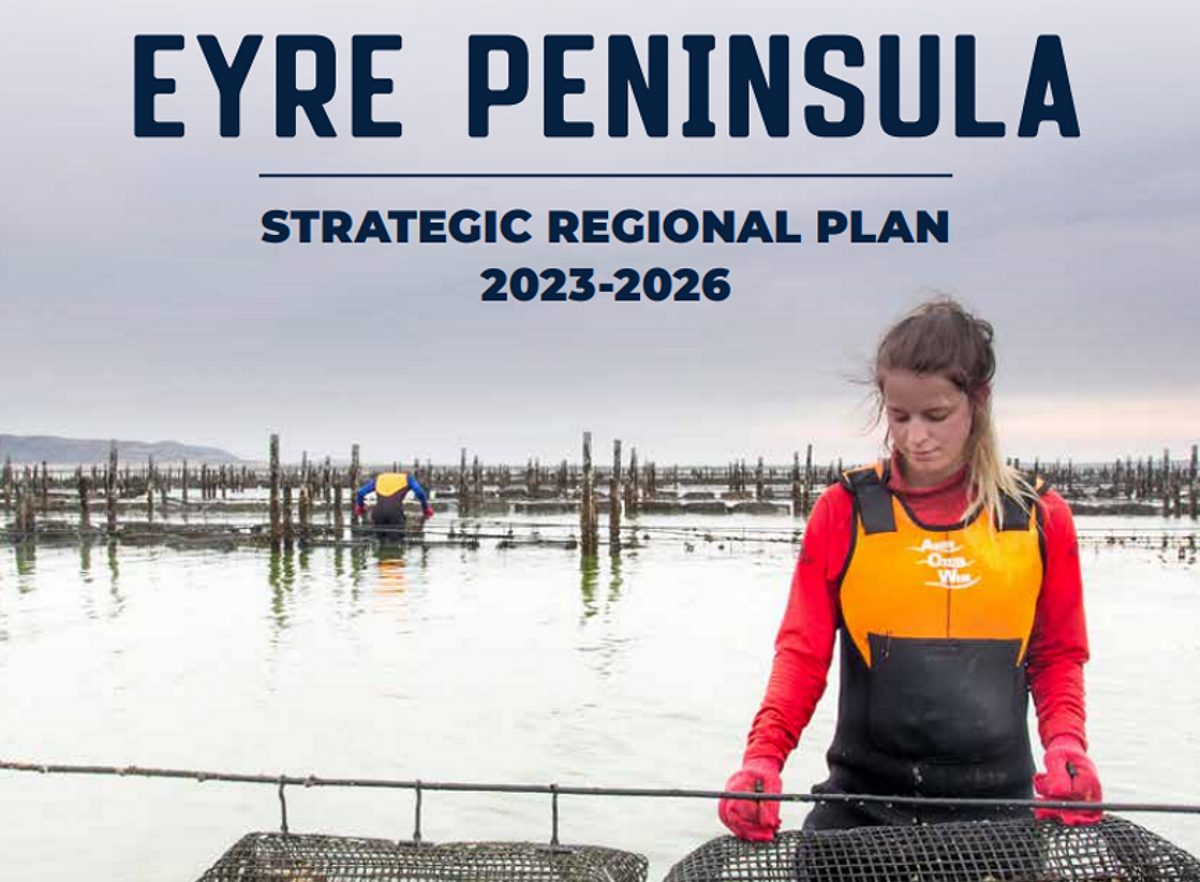Beach birds study
Eyre Peninsula volunteers will be out walking beaches to find and record sightings of the vulnerable Hooded Plover as part of Birdlife Australia’s National Hooded Plover Biennial Count, involving hundreds of people from southern NSW to western SA.
Eyre Peninsula volunteers will be out walking beaches to find and record sightings of the vulnerable Hooded Plover as part of Birdlife Australia’s National Hooded Plover Biennial Count, involving hundreds of people from southern NSW to western SA.
The count is locally coordinated through Natural Resources Eyre Peninsula and supported by the Eyre Peninsula Natural Resources Management Board.
Natural Resources coast and marine officer Rachael Kannussaar says community groups and individuals are already reporting nesting Hooded Plovers and newly hatched chicks on Eyre Peninsula.
“The Birdlife Biennial Count is a great way for us to capture this information, improve our knowledge and subsequently guide our efforts to conserve these threatened beach-nesting birds,” Ms Kannussaar says.
The surveys aim to collect breeding, habitat and potential threat data across each survey area.
For remote areas like Eyre Peninsula with a relatively low population this count is often the only opportunity to collect data for several years.
“While Hooded Plovers are our primary focus, sightings of other beach nesting birds such as Pied Oystercatchers, Sooty Oystercatchers, Red-capped Plovers and Fairy Terns are also recorded, as these species have very similar management needs to Hooded Plovers,” she said.
“The Hooded Plover is a small resident beach nesting bird and can be recognised by their unique black ‘hood’, a white collar across the back of their necks, red ring around their eyes and black-tipped red beaks.
“They lay their eggs on beaches above the high tide mark between August and March. Eggs and newly hatched chicks are vulnerable to high tide and storm events and native predators such as gulls and birds of prey.
“On top of these pressures, Hooded Plovers have to contend with introduced predators such as foxes and dogs, people and vehicles.”
“We can help Hooded Plovers during this breeding season by keeping dogs on a leash and walking or driving below the high tide mark. These actions will help to reduce the risk of damaging eggs or newly hatched chicks.”
For further information about the Hooded Plover Biennial Count, contact Rachael Kannussaar on 0427 975 903, or email Rachael.kannussaar@sa.gov.au



